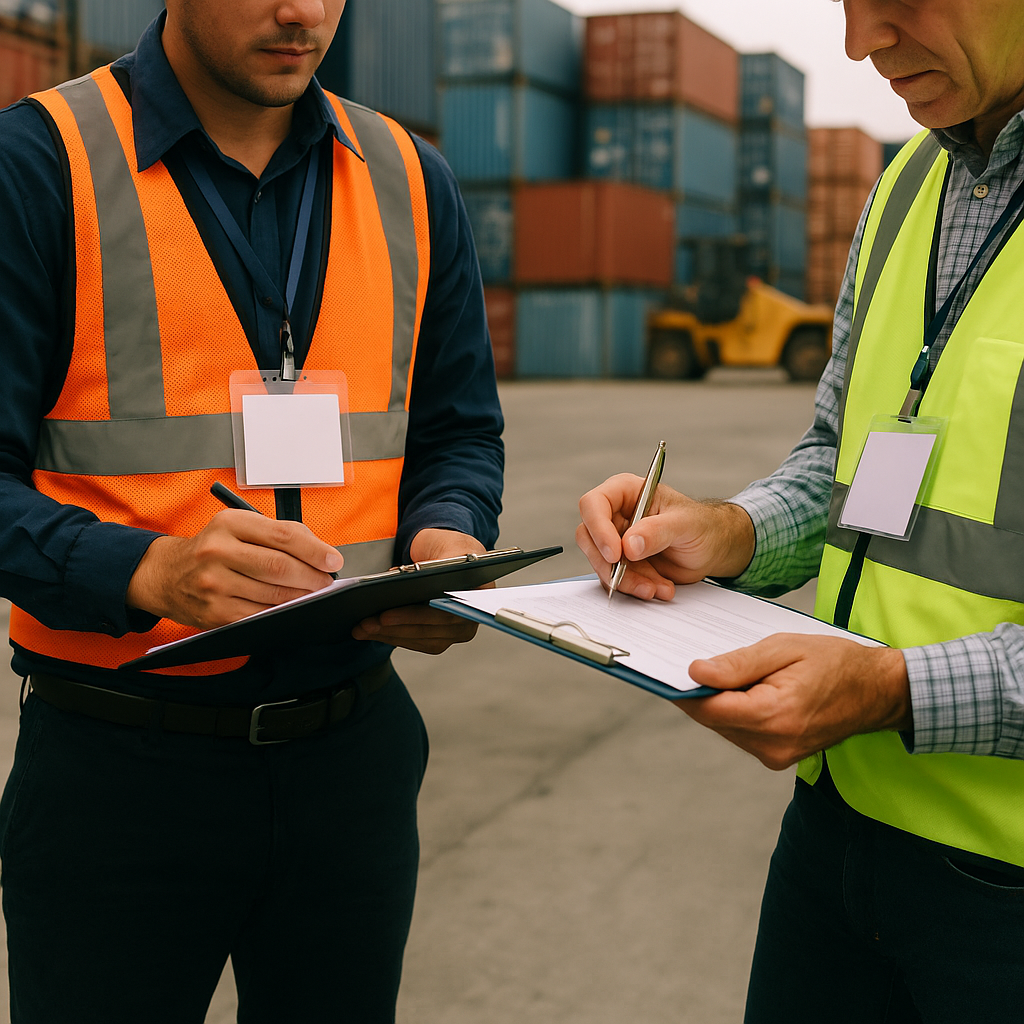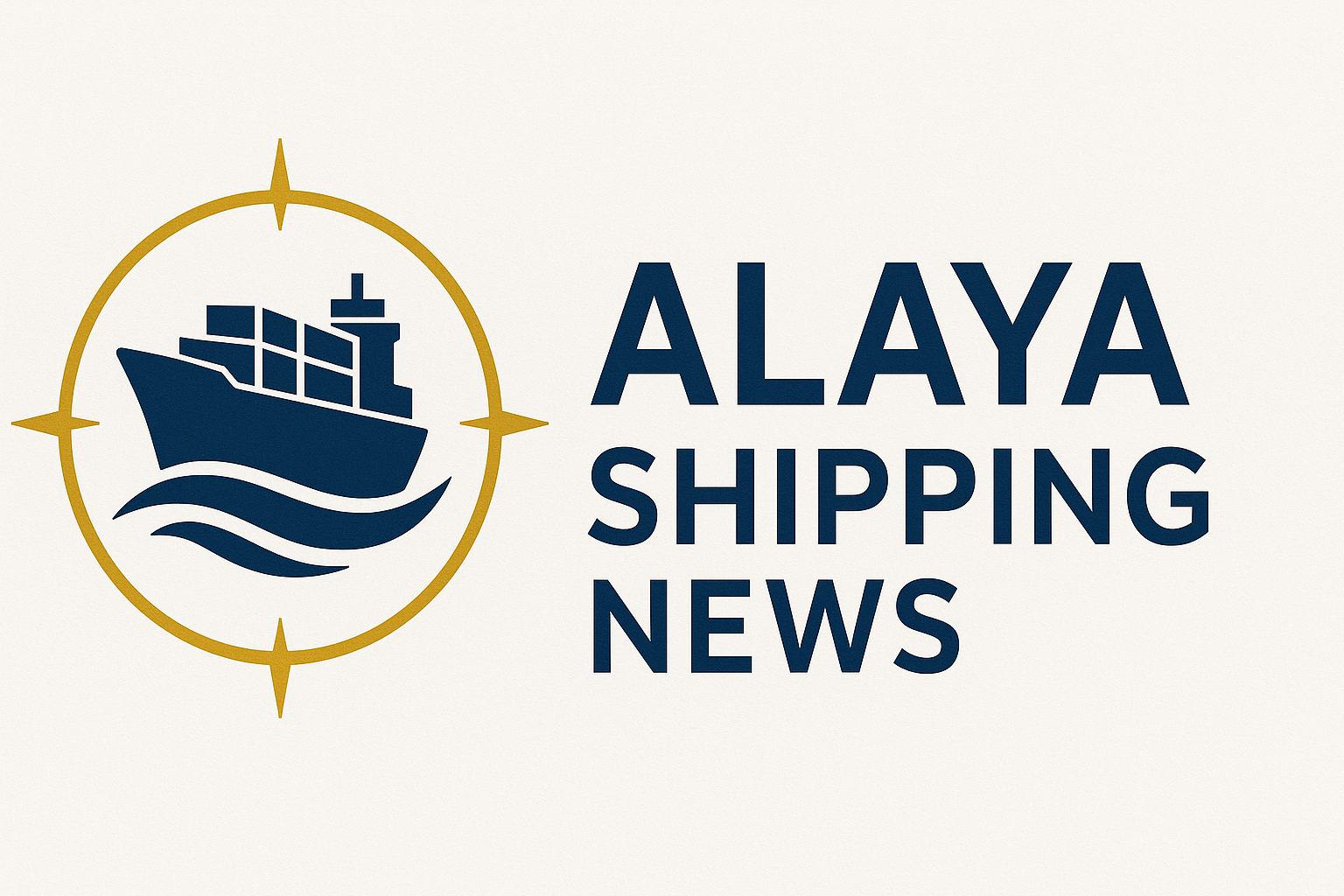
Container Report – Week 34: Navigating the Complexities of Global Trade
In the ever-evolving landscape of global trade, the container shipping industry stands as a critical pillar, influencing economic flows and international relations. Week 34 has been particularly noteworthy, marked by significant developments in shipping routes, environmental initiatives, and operational commendations. As the world grapples with supply chain disruptions and environmental concerns, understanding these shifts is crucial for stakeholders across the maritime sector.
Fluctuating Freight Rates Amidst Global Uncertainty
The container shipping industry continues to experience volatility in freight rates, a reflection of ongoing global economic uncertainties. According to Hellenic Shipping News, freight rates have been impacted by fluctuating demand and supply chain disruptions, which have been exacerbated by geopolitical tensions and the lingering effects of the COVID-19 pandemic. The industry is witnessing a complex interplay between supply chain bottlenecks and varying consumer demand, which has led to unpredictable pricing patterns.
Market analysts suggest that while some routes have seen a stabilization in rates, others remain highly volatile. This inconsistency poses challenges for shippers and logistics companies, who must navigate these turbulent waters with strategic foresight. The ability to adapt to these dynamic conditions will be crucial for maintaining competitiveness in the global market.
Strategic Fleet Movements and New Shipping Routes
Amidst these challenges, strategic fleet movements and the introduction of new shipping routes are reshaping the maritime landscape. A notable development is the launch of a new shipping route between China and Indonesia, which is expected to bolster trade ties between the two nations. As reported by Hellenic Shipping News, this new route is likely to enhance the efficiency of goods movement and reduce transit times, providing a fresh impetus to bilateral trade.
Additionally, the Port of Gdansk has launched a new transatlantic service, offering a direct connection to the United States. This development is poised to strengthen trade links between Europe and North America, providing shippers with more options and potentially reducing congestion at traditional entry points. These strategic moves highlight the industry’s adaptability and its efforts to optimize logistics networks in response to changing market demands.
Geopolitical Dynamics and Regulatory Challenges
The container shipping industry is not immune to the broader geopolitical dynamics that shape global trade. Recent commendations of APM Terminals in Nigeria by a U.S. delegation underscore the importance of world-class operations in enhancing trade efficiency and fostering international partnerships. As noted by Hellenic Shipping News, such recognition highlights the critical role that modernized port facilities play in facilitating seamless trade flows and supporting economic growth.
However, the industry also faces regulatory challenges, particularly concerning environmental sustainability. Efforts to protect oceans from pollution have gained momentum, with increased scrutiny on shipping emissions and waste management practices. The maritime sector is under pressure to adopt greener technologies and practices, a transition that requires significant investment and innovation. Navigating these regulatory landscapes will be essential for ensuring compliance and maintaining a positive public image.
Environmental Initiatives and Sustainable Shipping
Environmental sustainability has become a focal point for the container shipping industry, as stakeholders recognize the urgent need to mitigate pollution and protect marine ecosystems. Hellenic Shipping News reports on initiatives aimed at reducing the environmental footprint of shipping operations, including the adoption of cleaner fuels and the implementation of more efficient waste management systems.
These efforts are part of a broader industry trend towards sustainability, driven by both regulatory pressures and consumer demand for eco-friendly practices. While the transition to sustainable shipping presents challenges, it also offers opportunities for innovation and leadership in environmental stewardship. Companies that successfully integrate sustainability into their operations are likely to gain a competitive edge in the evolving market landscape.
Conclusion: Navigating Future Scenarios
As the container shipping industry navigates these complex dynamics, several potential scenarios emerge for the future. In a base scenario, the industry could see a gradual stabilization of freight rates as supply chain disruptions are addressed and new routes optimize logistics networks. A bullish scenario might involve a robust recovery in global trade volumes, driven by strategic partnerships and technological advancements in sustainable shipping.
Conversely, a bearish scenario could unfold if geopolitical tensions escalate or regulatory pressures intensify, leading to increased operational costs and further disruptions. The industry’s ability to adapt to these scenarios will depend on its agility in embracing innovation, enhancing operational efficiency, and fostering international collaboration.
In conclusion, Week 34 has underscored the multifaceted nature of the container shipping industry, highlighting both challenges and opportunities. As stakeholders navigate this complex environment, strategic foresight and adaptability will be key to charting a successful course in the global maritime landscape.
Sources (selection):
- https://www.hellenicshippingnews.com/container-report-week-34/
- https://www.hellenicshippingnews.com/protecting-our-oceans-from-pollution/
- https://www.hellenicshippingnews.com/new-shipping-route-adds-fresh-momentum-to-china-indonesia-trade-ties/
- https://www.hellenicshippingnews.com/us-delegation-commends-apm-terminals-for-world-class-operations-in-nigeria/
- https://www.hellenicshippingnews.com/port-of-gdansk-launches-new-transatlantic-service-msc-launches-direct-connection-to-the-usa/
